In field medicine, chaos is the norm — not the exception. Medical Aid Teams must react to rapidly shifting needs, from trauma response to cold chain delivery, all with limited time and space. But when protective cases are difficult to customise or require specialist input, flexibility gets lost in translation.
That’s why simplified interior customisation is transforming the way responders pack, transport, and deploy medical equipment.
-1.png?width=809&height=423&name=1200%20x%20628%20px%20-%20%20(25)-1.png)
1. Why is customising case interiors important for medical aid missions?
Every mission is different. One day it's a vaccination rollout; the next, it's trauma care after a natural disaster. Off-the-shelf interiors rarely meet the exact needs of these diverse operations.
Custom interiors ensure:
- Equipment stays securely in place
- Tools are easy to access under pressure
- Kits remain organised and ready for rapid deployment
In short, better interior design directly impacts mission efficiency and patient outcomes.
2. What easy-to-use customisation options are available for different types of medical gear?
Modern protective cases now support a variety of modular, user-friendly interior options, including:
- Pick N Pluck™ foam: Pre-scored foam cubes you simply pluck away to match your gear shape
- Padded dividers with Velcro® connectors: Perfect for quickly resizing compartments on the go
- TrekPak™ dividers: High-density panels that can be cut to size and pinned into new layouts
- Removable tray systems: Ideal for EMS and medication kits requiring tiered organisation
These systems require no specialised tools and can be adjusted in minutes.
3. Can interior configurations be changed quickly for evolving field conditions?
Absolutely. That’s one of the biggest advantages of simplified customisation. With TrekPak™ or padded dividers, teams can adjust compartments in real time — for instance, when converting a diagnostics case into a wound care unit mid-deployment.
Quick-swap trays and adjustable partitions mean teams don’t need to carry separate kits for every scenario. One case can serve multiple purposes, saving weight, space, and setup time.
4. How does simplified customisation improve efficiency during emergencies?
When every second counts, digging through a cluttered case or poorly organised kit wastes precious time.
With a customisable layout:
- Supplies are intuitively arranged
- Teams can identify and access tools faster
- Items are better protected and less likely to be lost or damaged
In chaotic environments, clear, consistent kit organisation can be the difference between a smooth response and a critical delay.
5. Are there tools or systems that allow teams to customise cases without specialist support?
Yes. The latest customisation systems are field-ready — meaning no external suppliers or complex foam-cutting tools are needed. Even in remote areas, teams can reshape interiors with:
- Simple U-pins and cutting tools for TrekPak™
- Velcro-secured dividers that reposition in seconds
- Pre-cut foam grids tailored to standard instruments or devices
Some cases even come with modular inserts specifically designed for medical environments — including ISO-pharmaceutical compartments, sharps storage, and ampoule grids.
Simplified customisation empowers Medical Aid Teams to respond with confidence and speed. No more waiting for bespoke foam inserts or struggling with inflexible interiors. With the right case, your kit adapts as fast as the mission does.
Explore flexible, customisable case solutions built for emergency medicine at www.peli.com.

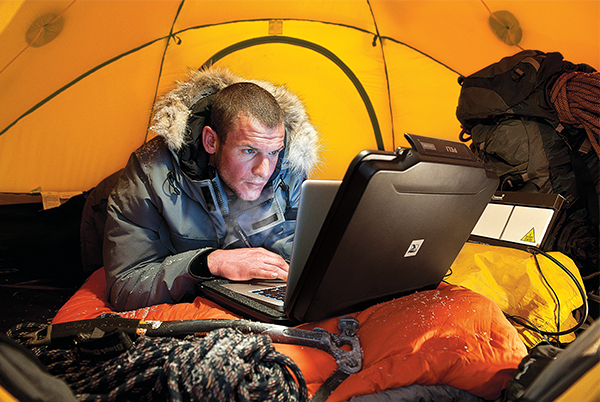

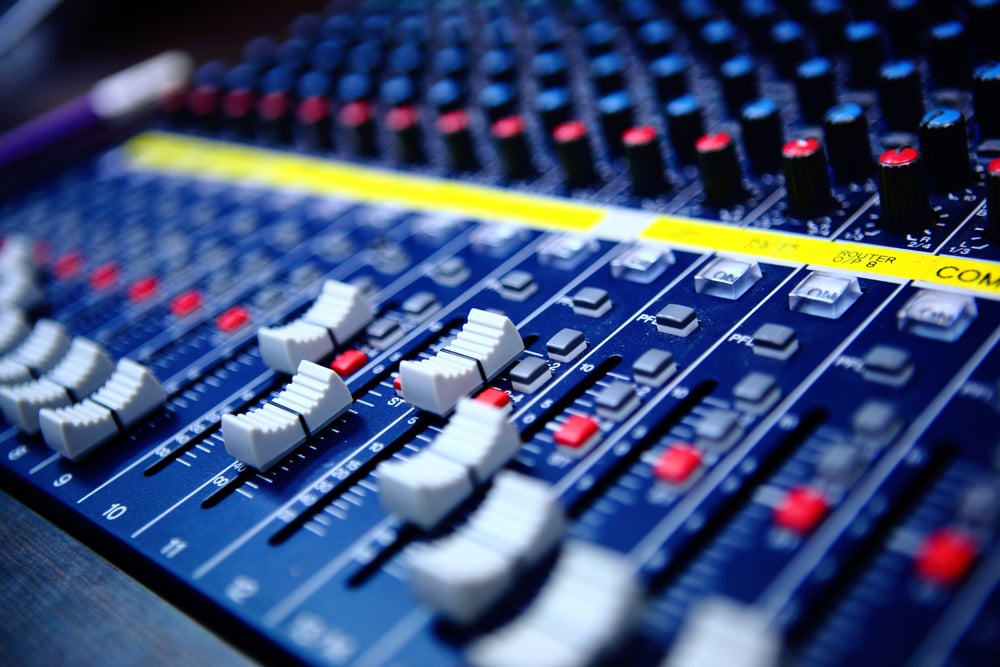
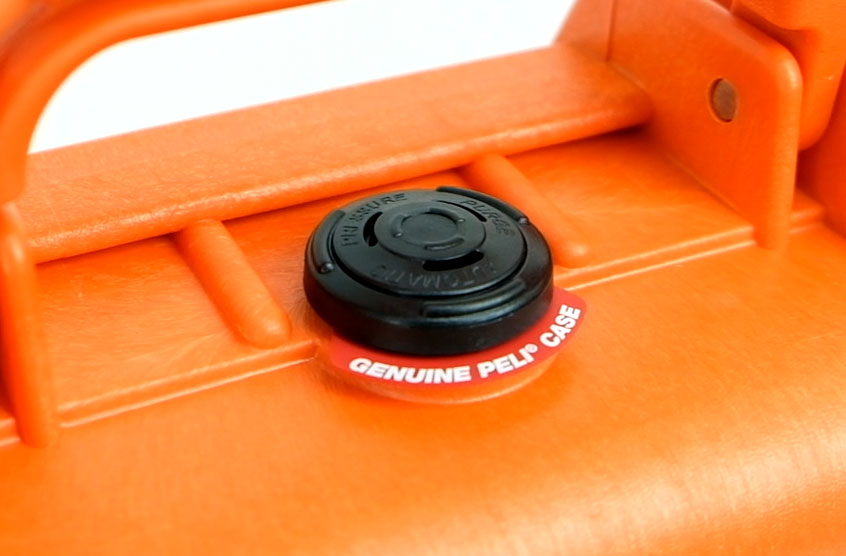
.png)

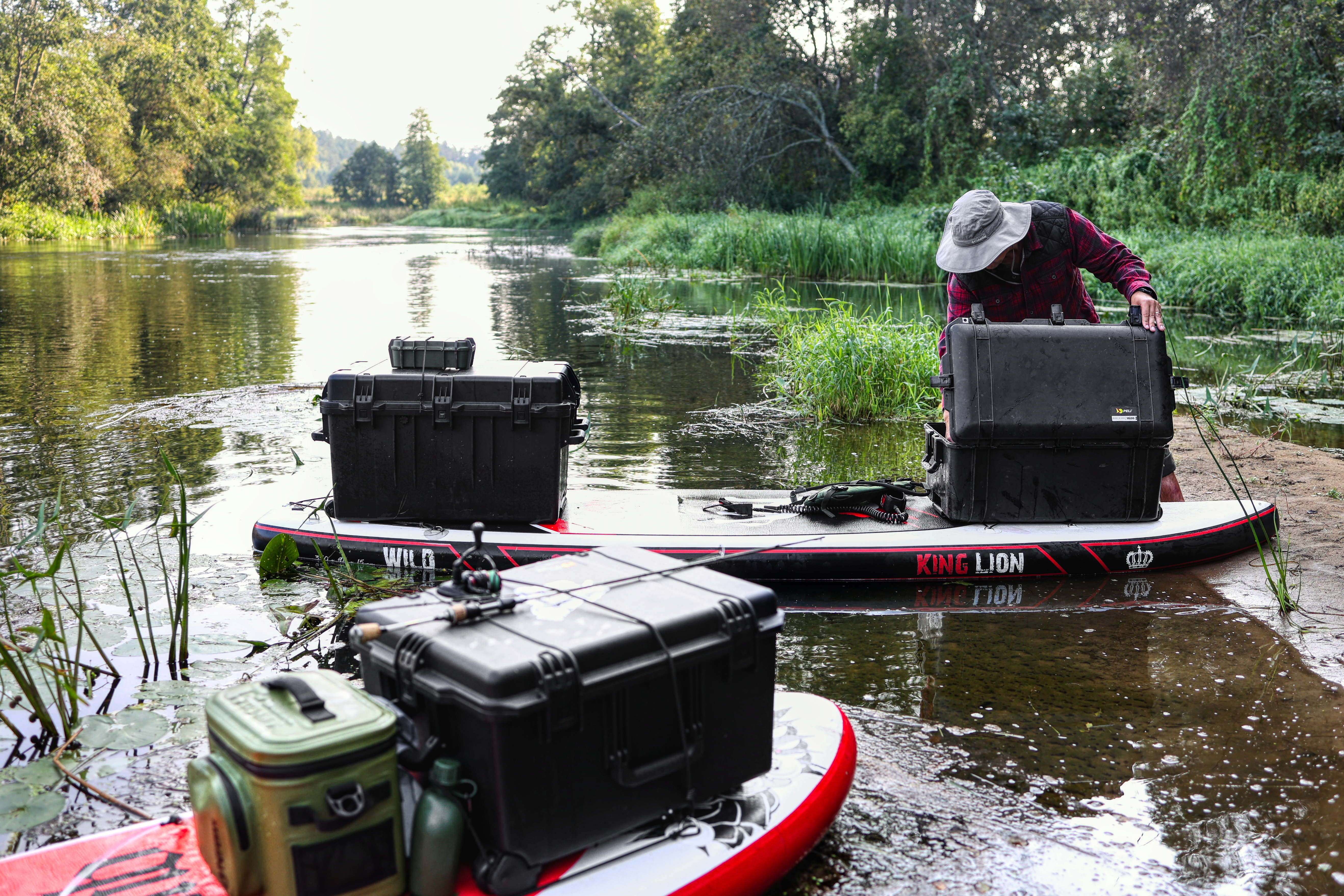
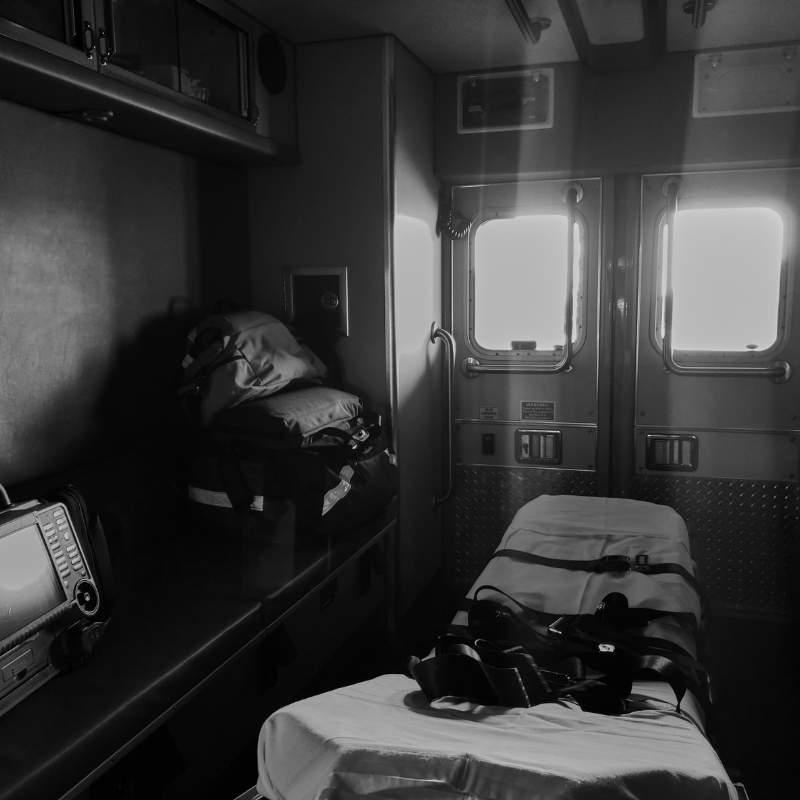

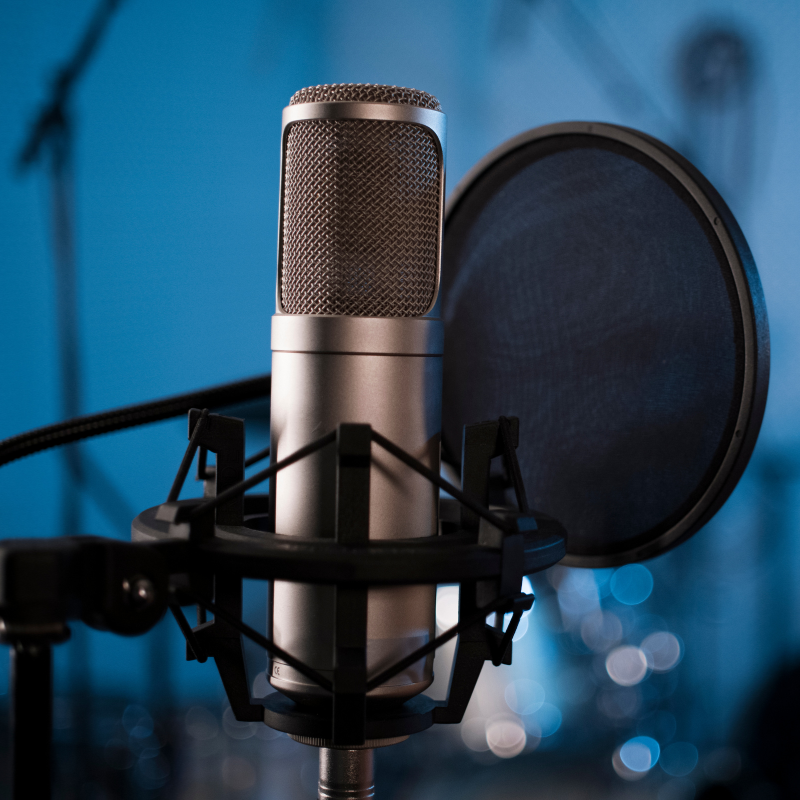
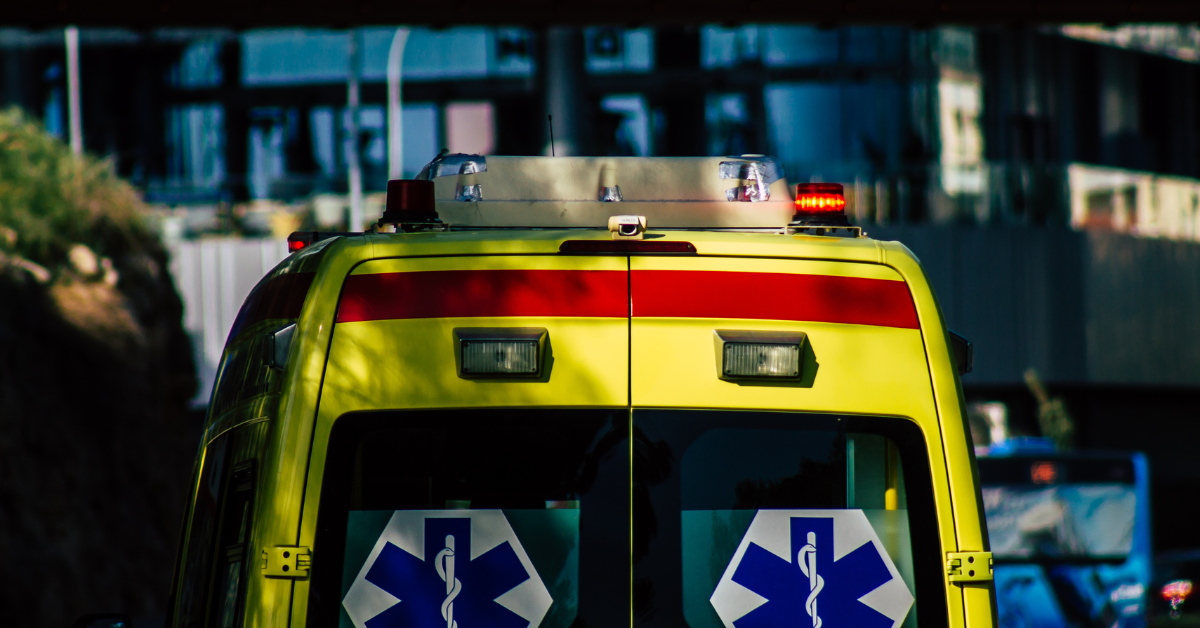
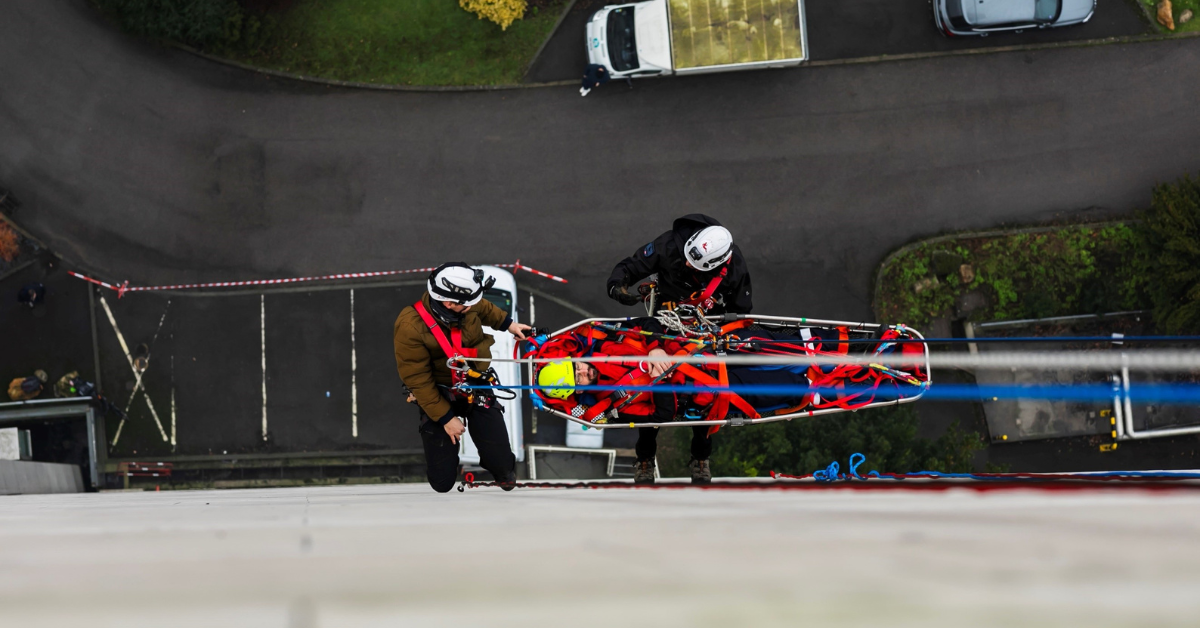
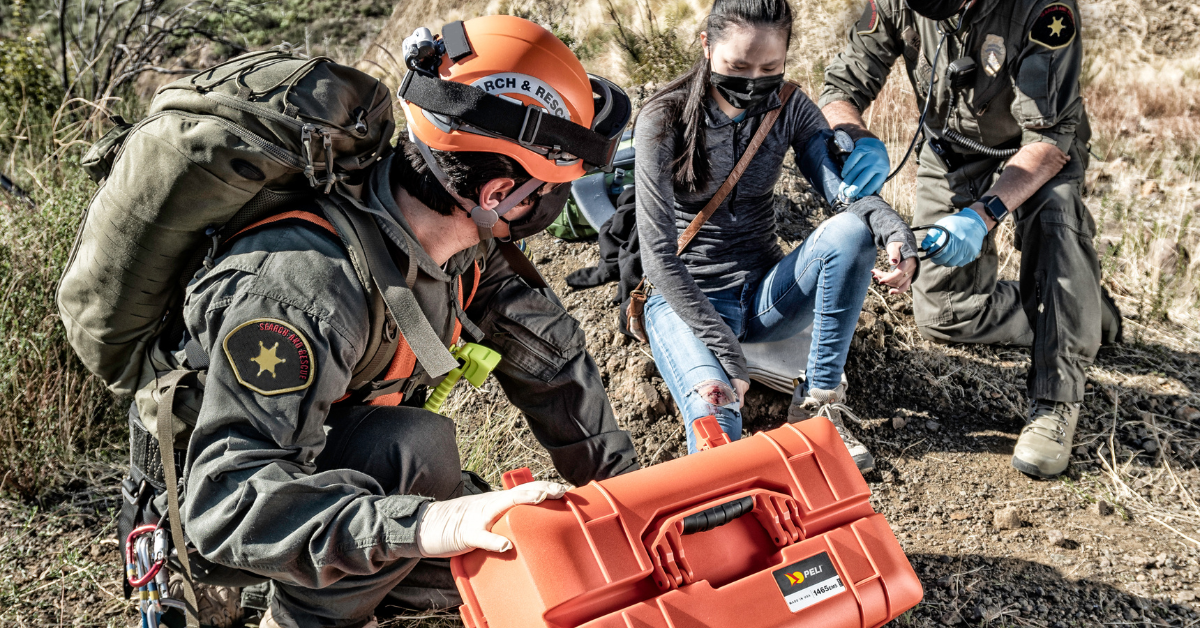
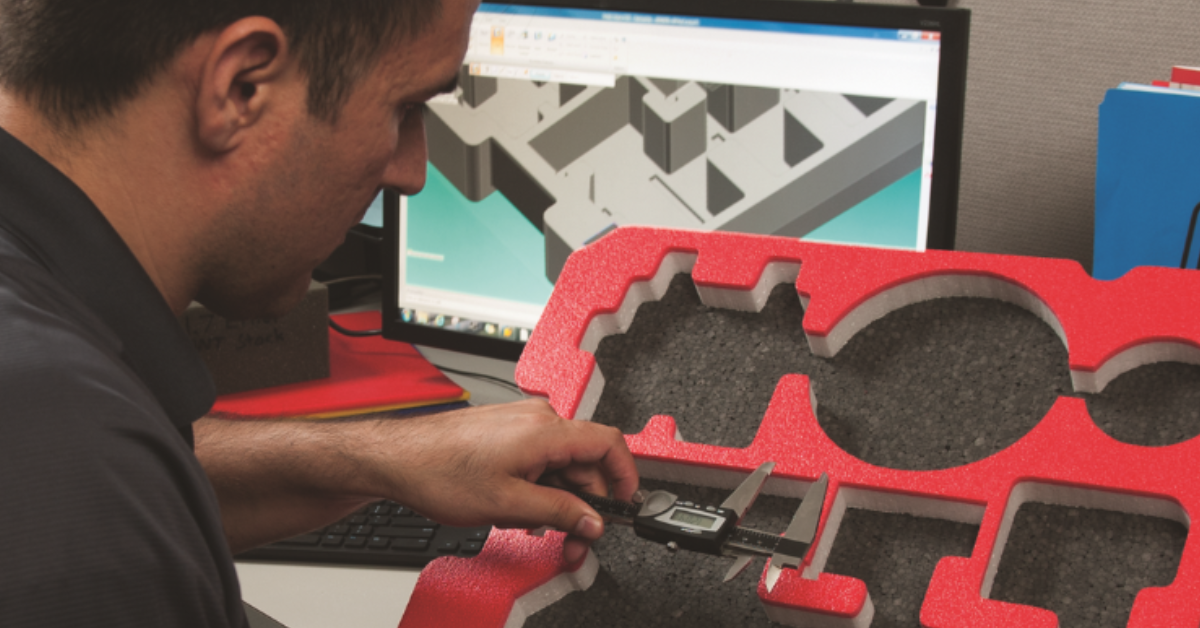
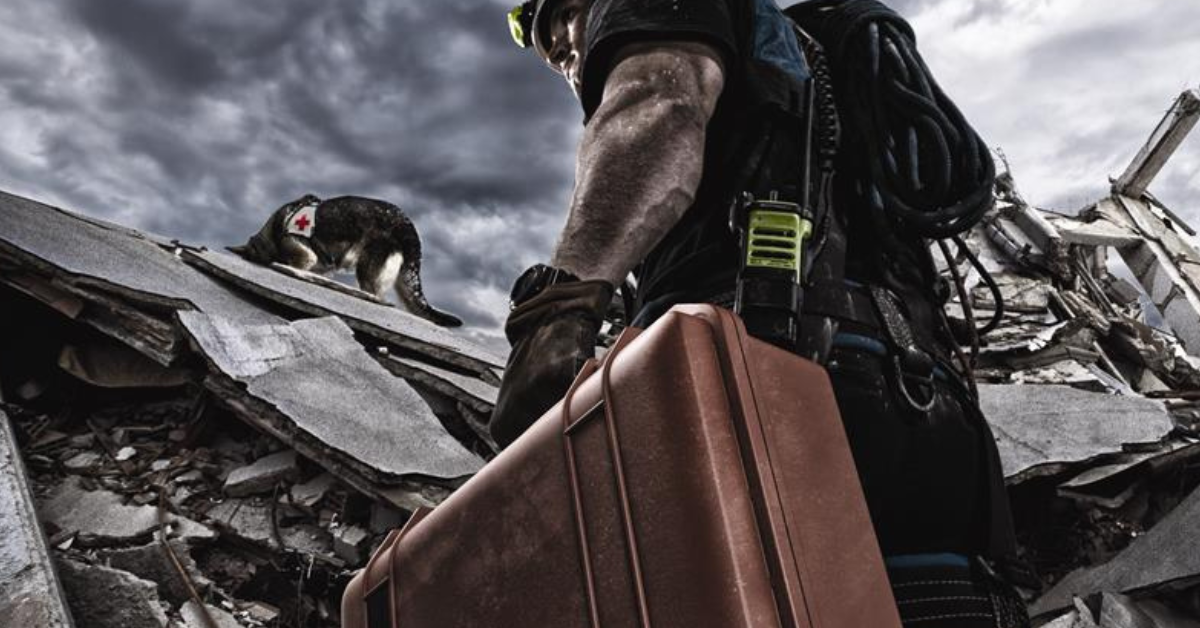
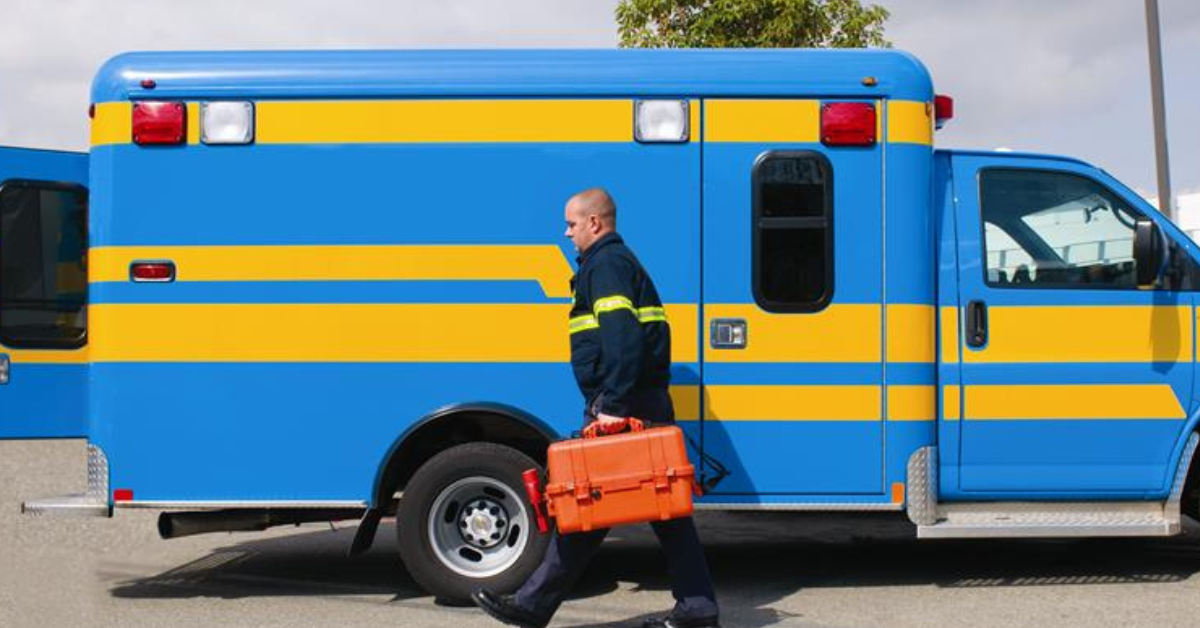
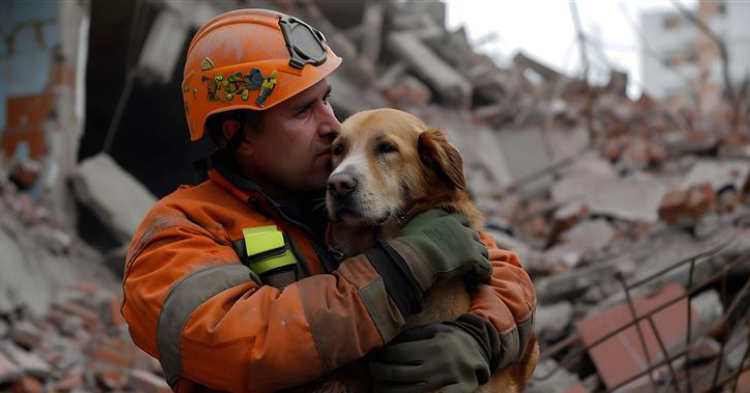
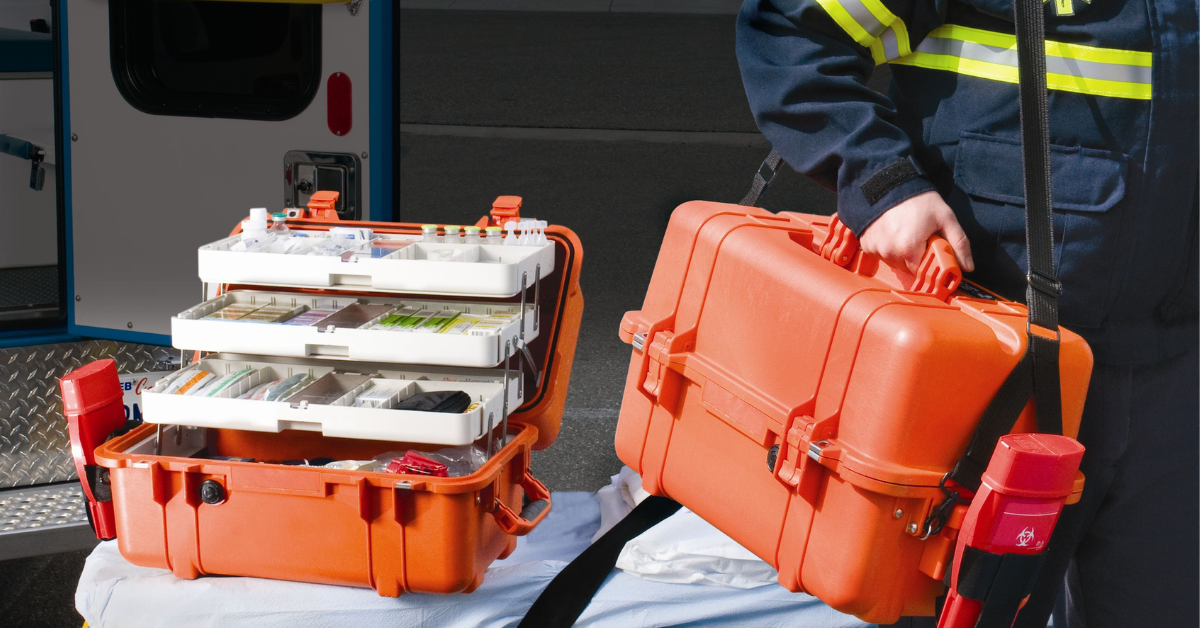
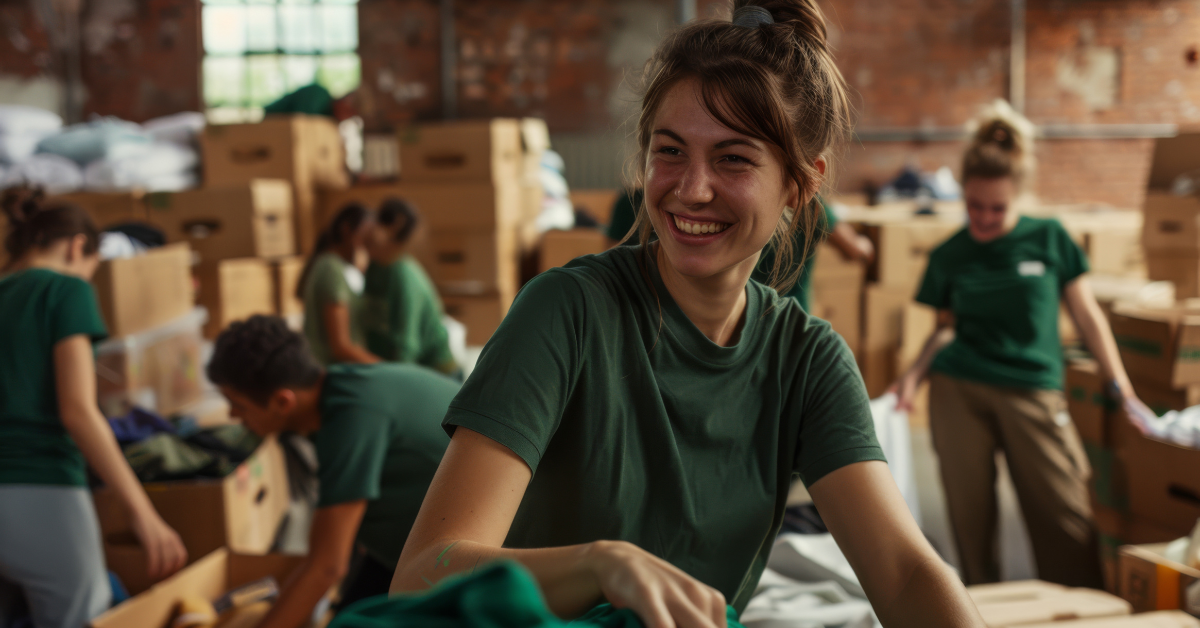
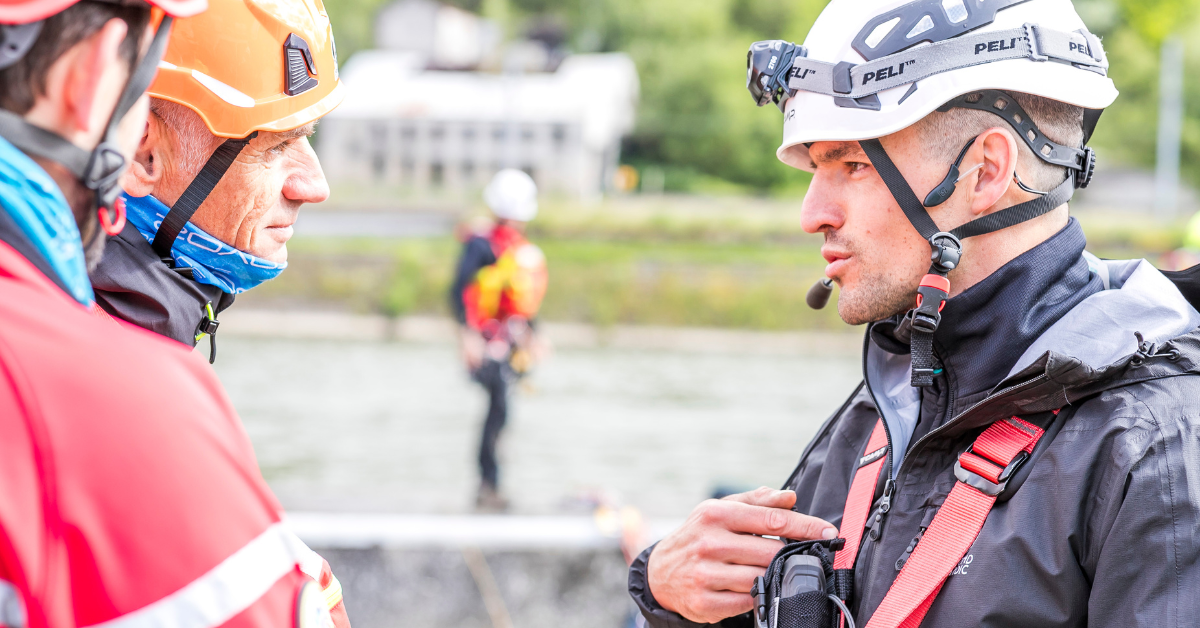
Post a comment